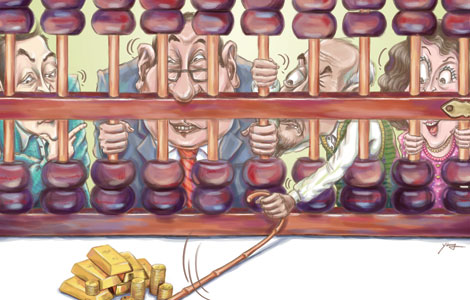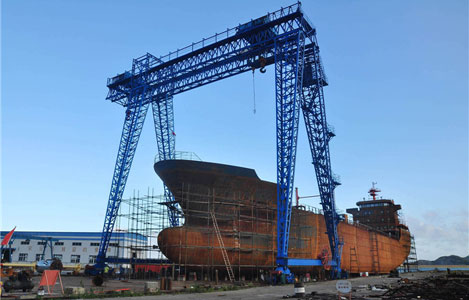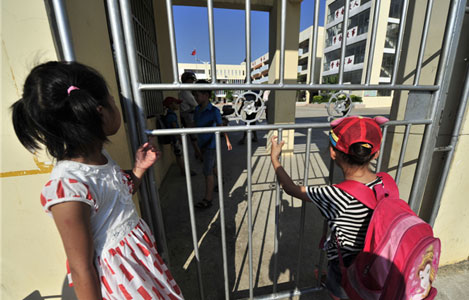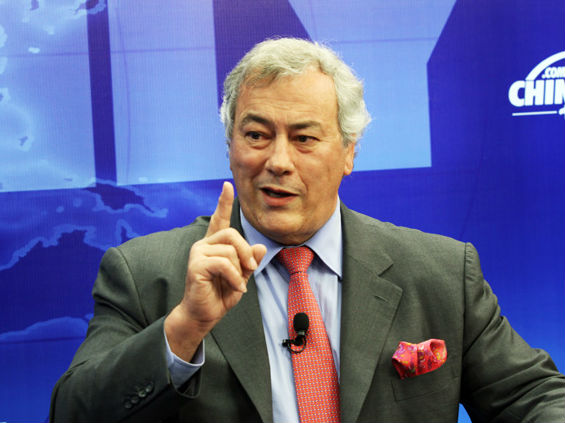Japanese PM to visit Myanmar
Updated: 2013-05-21 11:21
(Xinhua)
|
|||||||||||
YANGON - Japanese Prime Minister Shinzo Abe will pay a state visit to Myanmar soon, an official announcement said in Yangon Tuesday without specifying the date of his visit.
According to Japanese media, Abe is to arrive in Nay Pyi Taw on Friday for a three-day visit.
He will be the first Japanese prime minister visiting the Southeast Asian nation in 36 years since 1977 when former Japanese Prime Minister Takeo Fukuda came to Myanmar.
Abe is expected to have talks with President U Thein Sein on the enhancement of bilateral relations.
Accompanied by several dozen business leaders who are interested in investing in the country, Abe is also expected to push economic cooperation with Myanmar during his visit.
New relations between Myanmar and Japan have opened up after President U Thein Sein paid a first historic milestone visit to Japan in April 2012, during which U Thein Sein attended the 4th Japan-Mekong Summit in Tokyo.
Japan's investment in Myanmar amounted to $259.86 million as of the end of 2012 since Myanmar opened to such investment in late 1988 and stood the 12th in Myanmar's foreign investment line-up.
In the fiscal year 2011-12, trade between Myanmar and Japan nearly doubled, reaching $822.5 million compared with $493.8 million in 2010-11.
Meanwhile, Myanmar has cleared in January the due debt of 502. 457 billion yens (over $5 billion) owed to Japan since 1970 by settling the remaining debt of 198.881 billion yens ( nearly $2 billion) with a bridge loan from three Japanese banks.
Those arrears of 303.576 billion yens (over $3 billion) will be written off by Japan within one year period in support of democratization and national reconciliation efforts as well as economic and social reform process of the Myanmar government.
As a follow-up, the Japanese government announced that it would take steps to offer very-low-interest rate development loan and assistance to Myanmar which will use in people-centered development.
Related Stories
News Analysis: Abe's visit to Russia 'neutral to positive' 2013-05-01 12:00
Today's Top News
China, India can build trust: Premier Li
First-tier cities barely livable, report says
Massive blast claims 13 in Shandong
Fight on drug smuggling for nation
China most financially secure country
Tajikistan president visits China
Voyage to Mars has its skeptics
Premier visits Gandhi's tomb
Hot Topics
Lunar probe , China growth forecasts, Emission rules get tougher, China seen through 'colored lens', International board,
Editor's Picks

|

|

|

|

|

|





